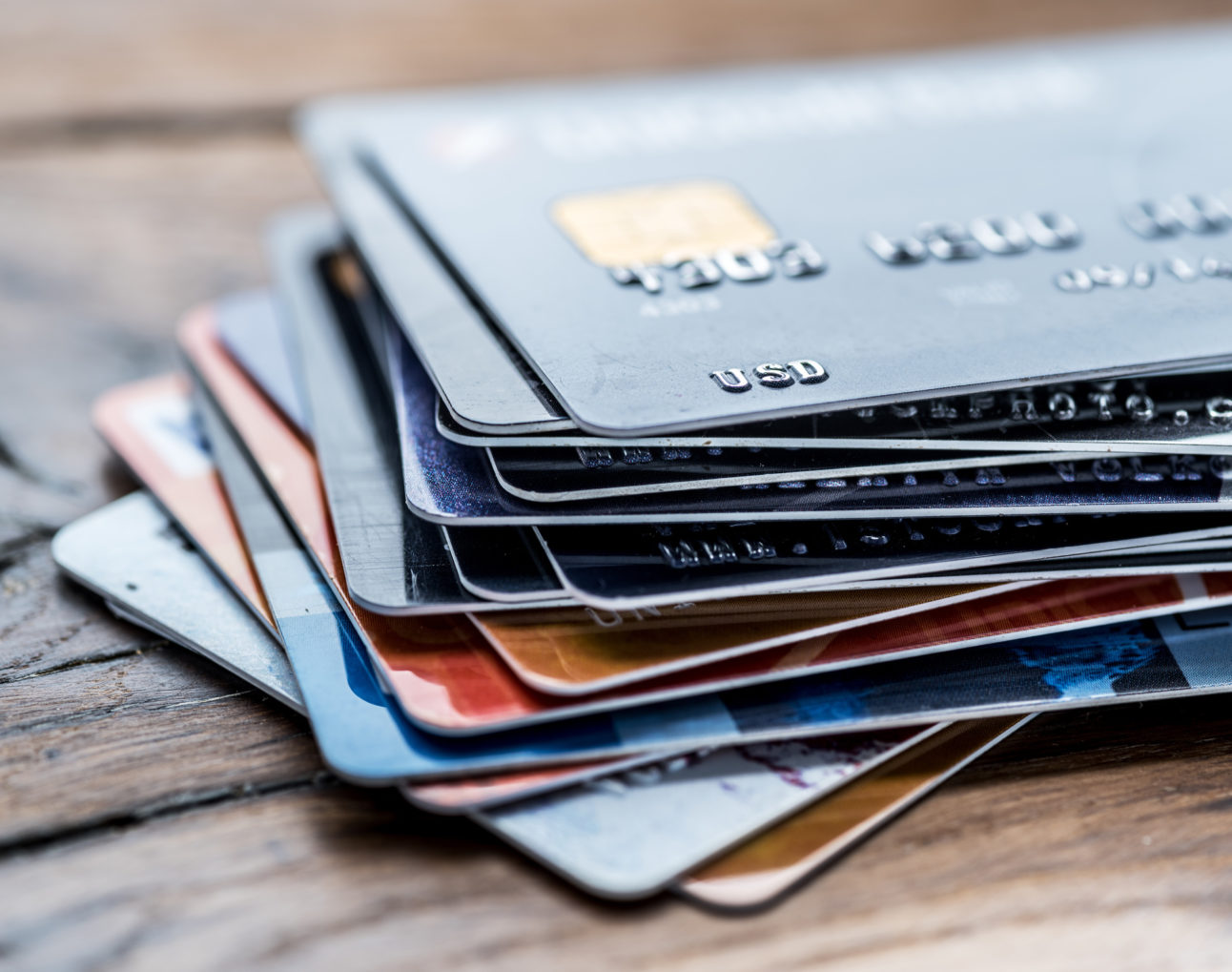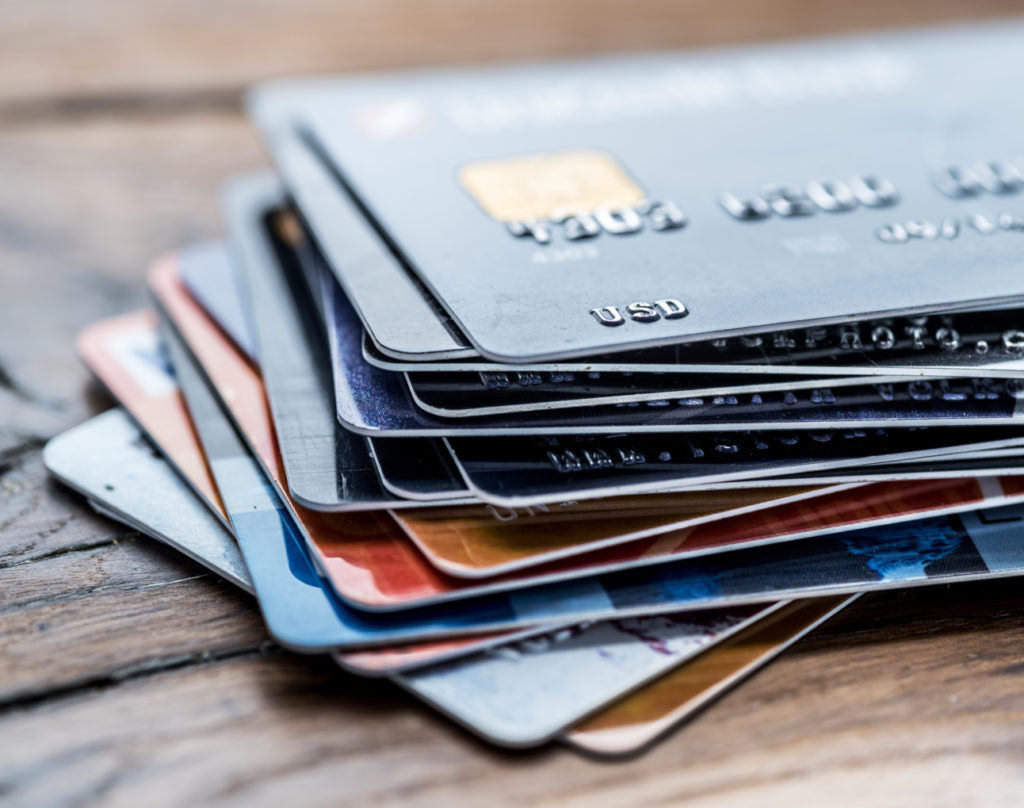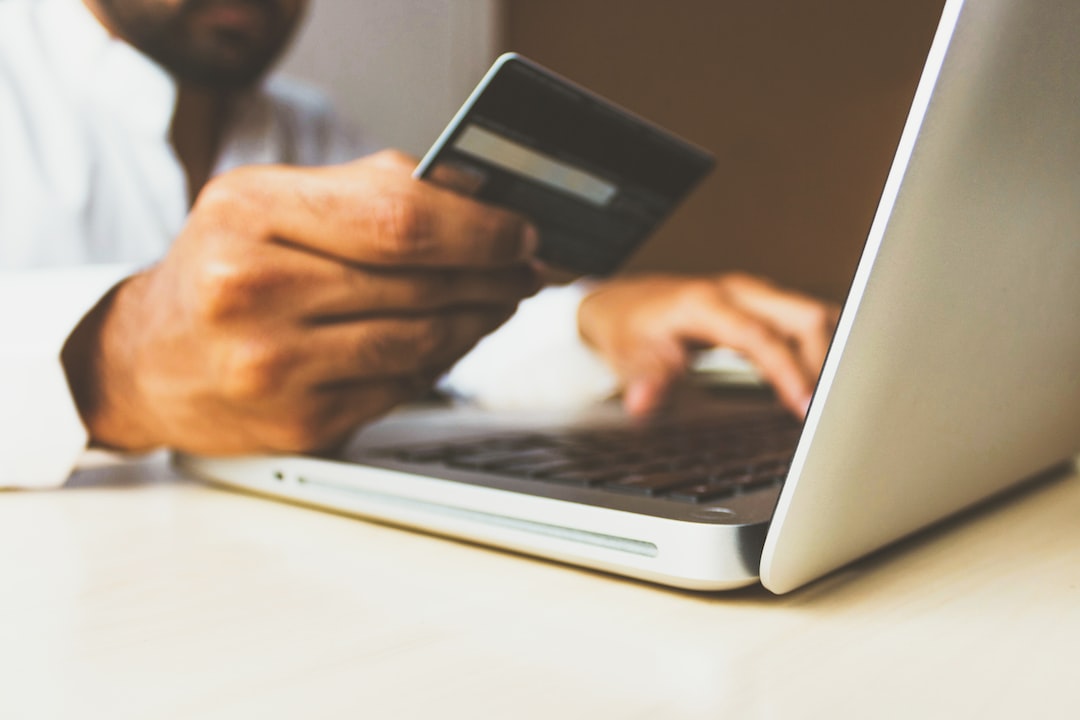

In 2021, Canadian households were carrying roughly $2.5 trillion in outstanding debt. Although Canadians are regaining their footing in the post-pandemic world, there’s a harsh reality that people still have to contend with:
Credit products are no longer a nice-to-have resource — they’re an increasingly important part of responsible financial planning.
If you don’t feel like you’re saving enough and you know that you’re an unexpected expense away from missing a mortgage payment, revolving credit can be a lifesaver. What is it, what does it do, and what do you need to know about it? Read on for a crash course on revolving credit products.
What Is Revolving Credit?
If you’ve spent any amount of time applying for loans, you’re probably familiar with what installment loan repayments look like.
You see the lender. They approve the loan. And the contract spells out your monthly payments.
Then, like clockwork, the lender will sweep the funds out of your account every month on the 1st.
With revolving credit, you’ll have to disregard everything you know about how lending works. Why? Because it’s a credit product that imposes a total spending limit and then gives you the option of either paying off what you spend or forwarding the outstanding balance into the next month.
For those who read this and thought, “That sounds like my credit card!”, you’ve just named a well-known example of revolving credit at work. As you can see, however, revolving credit can be a lifesaver during months when the budget is especially tight.
4 Facts You Should Know About Revolving Credit
We’ve explained what revolving credit is and how it works. But that general definition doesn’t tell you much about what revolving credit might mean for your finances. Fortunately, we’ve put together a list of 4 key things to consider with revolving credit products:
1. It’s an Ongoing Loan
If there’s one thing you can never accuse a traditional lender of, it’s not being clear about loan payment dates. Even before you sign the dotted line, the lender will be telling you all about how your $10,000 loan will be paid off in 60 $180-a-month payments.
With a revolving credit product, there is no such thing.
You’ll have access to the available credit on your account. And if you want to spend more, you’ll have to pay down the outstanding balance.
This is fantastic news for Canadians who want a flexible credit option. Revolving credit products will give you a source of funds you can access until the day you decide to close your account.
2. You’ll Still Have to Make Monthly Payments
Remember what we said before about installment loans and monthly payments? Although your credit card company might not come out and say, “Pay us $120 every month until you’ve brought your balance down to zero.”, they do have minimum payment requirements.
In addition, the company may also tack on interest fees, annual membership fees, and more.
You might not have to pay the full balance at once. You have discretion about what you’re willing to pay beyond the monthly minimum. But rest assured, most revolving lines of credit will require you to make payments in order to keep your account in good standing.
3. Your Credit Score Matters
By the numbers, 3 million Canadians have home equity lines of credit, or HELOCs, at the start of 2019. As we mentioned earlier, it’s also possible to take out a credit card if you need a revolving line of credit.
However, for all the options associated with this type of credit, there’s still a catch:
You need strong credit to get approved. And your credit score could take a serious hit if you’re applying for multiple places at once.
Here’s why.
You might not be looking for mortgage-level amounts of money, but lenders still assess applications with rigid criteria. After all, they don’t want to extend revolving credit to just anyone.
They’ll scrutinize your finances. They’ll ask for your paystubs. And they’ll pull up your credit history for good measure.
If you’re up for a promotion that includes a credit check or if your credit is less-then-stellar to begin with, the combo of a hard credit inquiry and a shaky application could be difficult to overcome in an application.
4. It Can Take Time to Set up
Imagine you’re in a bind. The brakes need to be replaced this weekend and the freezer short-circuited last night.
You could apply for a line of credit right away. But the time between your initial application and the moment your new credit card arrives in the mail could be anywhere from a couple of weeks to a couple of months. In an emergency situation, however, you need access to money ASAP.
If that’s you, the underwriting process alone will take up time that you literally cannot afford to waste. Fortunately, however, we specialize in providing hard-working Canadians with fast cash when they need it. Start your loan application with kingcash.ca today and you could have money sitting in your bank account within hours.
Is Revolving Credit the Right Solution for You?
On paper, there’s a lot to like about revolving credit.
You’re not bound to a rigid payment schedule. You can spend the money you’ve put in. And you don’t have to mess around with loan dates or crazy high-interest loan arrangements.
But even so, there are limits to what revolving credit can do for your present circumstances. Are you in a do-or-die situation? Is your back against the wall financially?
You may need to explore an alternative lending solution. Check out our article to see how you can choose the right loan for your situation.


